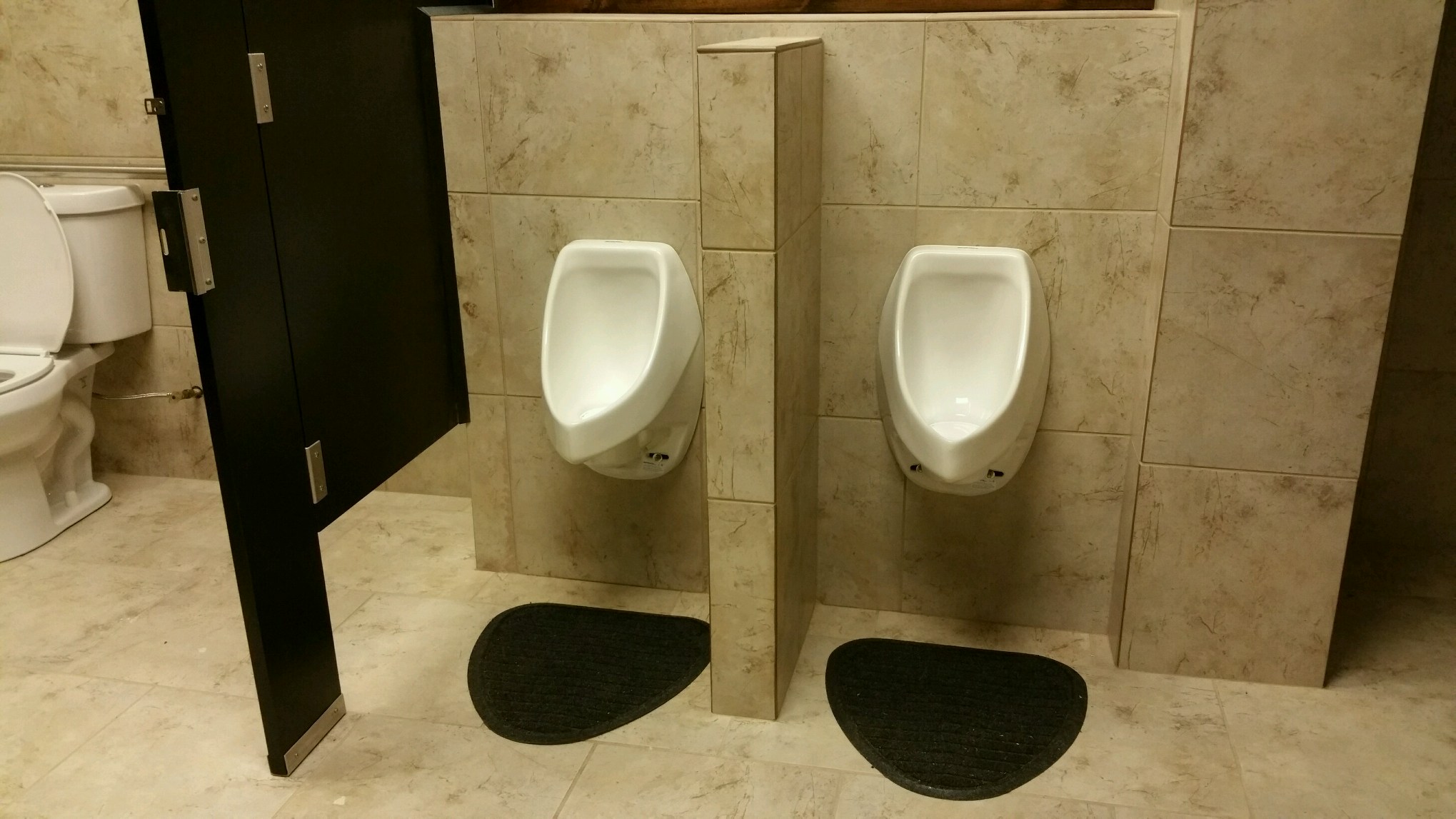A study released in August 2019, by Bluefield Research, finds that water rates are going up so fast in parts of the country, "questions of affordability" are now being heard.
In other words, some people in the country may not be able to afford water delivered to their homes in coming years.
Here's what they found:
· From 2012 to 2013, water/sewer rates increased, on average, 5.40 percent
· 2013 to 2014, 6.24 percent
· 2014 to 2015, 3.98 percent
· 2016 to 2016, 2.03 percent
· 2016 to 2017, 5.26 percent
· 2017 to 2018, 1.53 percent
· 2018 to 2019, 3.60 percent
However, the researchers pointed out that while most areas of the country are experiencing water rate increases, “the year-to-year rate volatility and varied approaches by utilities is striking," says Erin Bonney Casey, Research Director at Bluefield.
"The volatility is evidenced nationally over the last eight years, with an annual average rate swinging from 6.0 percent higher in 2014 to 1.5 percent higher in 2018. This past year, the most significant changes occurred in El Paso, Texas, where average customer bills increased 33.3 percent; on the other hand, in Riverside California they declined -22 percent.
The study also pointed out that the costs for water varies considerably in the U.S. Memphis, Tennessee had to lowest water rates, approximately $30 per month. However, Seattle, Washington was at the high end where the average water bill here is $226.62.
So, we see that water rate increases can be very volatile. We now know where the least costly and the costliest water rates are in the country.
But, why are consumers in Riverside paying less for water?
The simple answer is that water in Riverside comes from a publicly owned utility the city has owned and operated since 1895.
"There are federal and state regulatory requirements that apply to investor-owned utilities that do not apply to publicly owned utilities," says Terrie Prosper, with the California Public Utilities Commission.
"[Further] publicly owned utilities have access to very-low-cost [electric] power from federally operated dams that the investor-owned utilities do not have access to. Moreover, many publicly owned utilities also have access to low-cost financing that makes their capital investments much less expensive."
In other words, Riverside is blessed with lower operating and borrowing costs, along with fewer costly regulations they must adhere to. When things are going "swimmingly," as they have been recently, they can pass on savings to their consumers.
For more information on how to reduce water consumption, waterless urinals, and to use water more efficiently, contact a Waterless Co Specialist
















